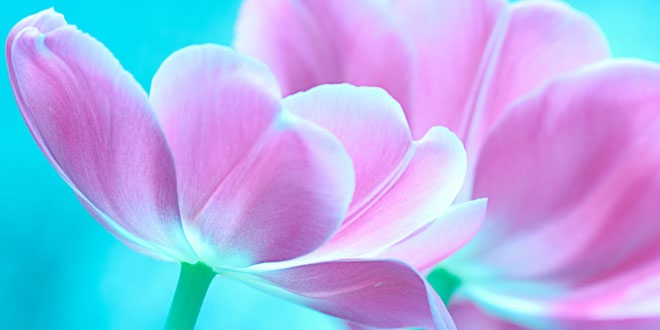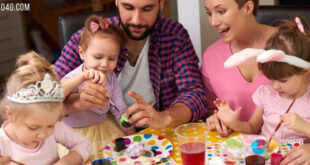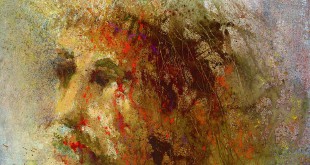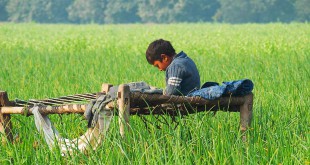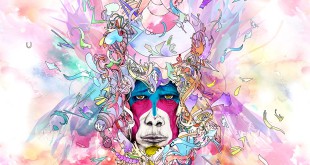Easter Flower: Claude McKay
Far from this foreign Easter damp and chilly
My soul steals to a pear-shaped plot of ground,
Where gleamed the lilac-tinted Easter lily
Soft-scented in the air for yards around;
Alone, without a hint of guardian leaf!
Just like a fragile bell of silver rime,
It burst the tomb for freedom sweet and brief
In the young pregnant year at Easter time;
And many thought it was a sacred sign,
And some called it the resurrection flower;
And I, a pagan, worshiped at its shrine,
Yielding my heart unto its perfumed power.
∼ ‘Easter Flower’ poem by Claude McKay
6 Popular Easter Flowers and What they Symbolize
Easter, the celebration of rebirth, is upon us! As your family embarks on the search for Easter eggs, look around and take in nature’s gifts. There are so many Spring plants traditionally associated with the Easter Season.
Here’s a look at some of our favorites along with the symbolism behind them.
White Easter Lilies
The quintessential Easter flower is, of course, the Easter Lily. White water lilies are trumpet-shaped white flowers. They are symbolic of purity, virtue, innocence, hope and life, which makes them the go-to flower of Easter.
Tulips
Tulips are a classic Spring bloom. They are often called the harbingers of Spring, as they are among the first flowers to bloom. Spring flowering bulbs such as the tulip seem to come back from the dead, which is one reason they are associated with Easter. They have a unique bell-shaped blossom that resembles the spherical shape of an Easter egg.
Daisies
Daisies are small delicate flowers often blooming in white or yellow colors. Daisies are thought of as the floral archetype and are often the first thing children learn to draw. Daisies symbolize purity, innocence, gentility and loyalty. This flower can be found growing wild on grassy fields and will likely be cradling hidden Easter eggs during your egg hunts.
Azaleas
Azaleas are evergreen shrubs with generous flowers growing in many colors including white, pink, salmon, lilac, purple and red. They are interpreted as having many different meanings, but the most relevant Easter meaning is, “caring for the family and self.” It’s no wonder these are associated with the lovely family gathering of Easter.
Daffodils
Daffodils, along with other floral bulbs, are symbolic of rebirth and new beginnings. These are also known as “Lent lilies” in England because of their long association with Lent.
Hyacinth
There is nothing quite like the sweet scent of hyacinth flowers. Another early Spring-blooming bulb, the hyacinth can be given as a potted bulb and be planted in the garden after the blooms die. They come in pink, yellow, white and shades of purple, which are also the classic colors of Easter. You will see them widely available in stores in the Spring. In the language of flowers, the hyacinth represents sport or play, while the blue hyacinth means constancy.
Which ever bloom you choose this year, we hope you and your family have a fantastic Easter!
 Kids Portal For Parents India Kids Network
Kids Portal For Parents India Kids Network
